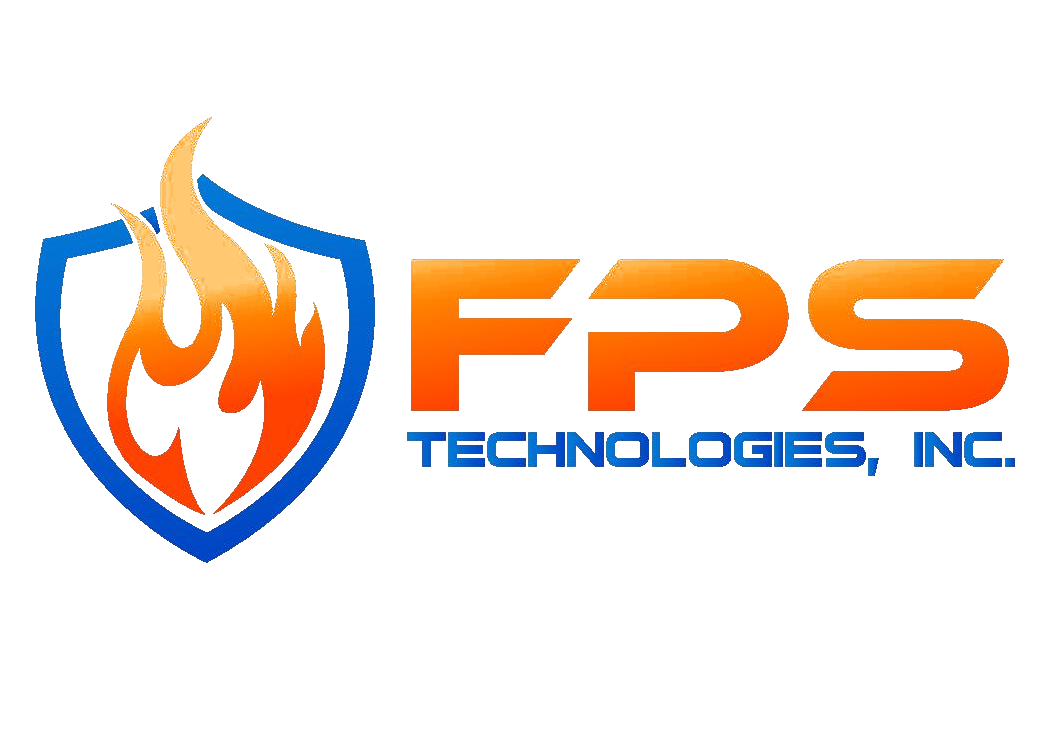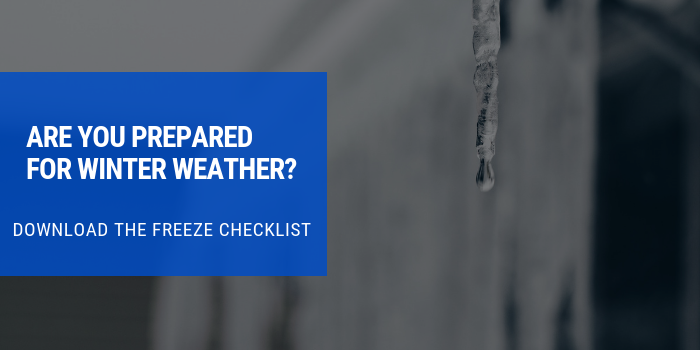Property managers have a lot of responsibilities, and one of the most important is budgeting to keep costs low. One area that is often overlooked while budgeting is the line item for life protection services.
To be safe, a company should be allocating around $750 - $1,000 annually (possibly more based on the size of the property) to make sure that they're keeping up with maintenance and any small issues that inevitably arise in life protection pipe systems. This gives property managers peace of mind knowing that they are being proactive in life safety, as well as preparing for the potential of secondary damages caused by failing equipment.
But what happens if you have no budget for your life safety systems and haven't been scheduling your regular professional maintenance?
During the winter months, this can lead to pipe systems freezing, which can present all kinds of issues. The worst-case scenario? A frozen pipe that bursts.
Don't Get Caught Unprepared!
Download The Freeze Checklist
The Bare Minimum Cost
Although we hope it never happens, sometimes systems that are poorly maintained will freeze during the winter. This can be caused by a variety of issues which are described in-depth in our article Why Pipes Freeze.
Here are a few areas that can be damaged by the thawing of frozen pipes:
-
Drywall
-
Ceilings
-
Framing
-
Carpet and Flooring
-
Electrical
-
HVAC
-
Specialized equipment
-
Server room and technology
-
Personal contents
Often, property managers will ask the questions: Aren’t these damages inevitable? Can’t I just deal with them when they pop up?
The answer is that you can never completely avoid an accident or act of God, however, you can reduce the possibility of this happening through a couple of careful steps.
Making sure that your systems are installed correctly and maintained properly for wear and tear prevents leaks that harm structures. For example, have your heating system inspected and address any areas where the ventilation is broken so freezing air can't enter your building. Doing so protects your wet systems from the cold air that could cause the pipes to freeze and burst.
You should also have a licensed fire protection contractor inspect your fire sprinkler system at least every six months, including in the fall before the temperature drops outside. During the fall inspection, they can check the piping insulation to be sure that it won't be exposed to freezing conditions. They'll also make sure that the sprinkler system is working as expected in case of an emergency.
Worst Case: A Burst Pipe
The worst-case scenario for frozen pipes is a catastrophic system failure. This means that pipes burst and parts of your facility become irreparably damaged.
Here are some costs associated with a burst pipe:
-
Tenants must be relocated immediately and the area closed off.
-
Ceilings, walls, and floors have to be torn out and entirely replaced.
-
Water removal and mold/moisture testing must be performed.
-
Personal property must be inventoried and replaced.
-
Specialty equipment and technology could be destroyed.
When you add it all up, you may be on the hook for a full interior remodel.
In addition to the damages, you'll also need to pay for a new pipe system and its professional installation, which includes:
-
Pipe fabrication
-
Designing and permit review for a new system
-
Pipe installation
-
Pre and post-inspection of the pipe
-
New maintenance costs
Prevention Through Preparation
So how can a property manager prevent this from happening?
Proper maintenance and training.
.png?width=700&name=FPS%20Article%20Graphics%20(14).png)
Every property manager should have at least one team member (or more) dedicated to overseeing building equipment. This employee or group must be trained well by either the property manager or a pipe system expert, then held accountable for ensuring the tasks are done on time every time. Depending on your system, the tasks are a little different.
For dry systems, some tasks include:
-
Ensuring the air compressor is in working condition
-
Ensuring the dry valve is functioning correctly
-
Ensuring systems are winterized before freezing occurs
-
Check all low point drain areas and empty them on a regular basis
In addition, when someone from the team spots an area needing maintenance, having a relationship with a fire system contractor who can respond quickly and is familiar with your systems is key. These contractors will be able to provide a more thorough inspection of your systems and can immediately address any issues that they uncover.
Accidents will always occur, but through careful planning and routine maintenance, you can minimize the possibility of things going wrong. Putting a little bit of your budget toward your fire system maintenance is much more affordable than dealing with the fallout from a burst sprinkler system or frozen pipes.



